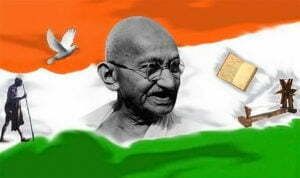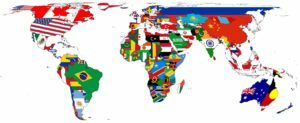The globe is currently facing a new coronavirus disease pandemic (COVID-19). But this is not the first pandemic that humans have faced. In fact, throughout history, infectious illnesses with pandemic potential have emerged and spread on a regular basis. Humanity has already been tormented by major pandemics such as the plague, flu, and Middle East respiratory syndrome coronavirus (MERS-CoV). Read on to learn about 8 of the deadliest pandemics in history.
- The Plague of Justinian (541 AD to 542 AD)
- London’s Great Plague (1665-1666)
- The Yellow Fever Epidemic in Philadelphia (1793)
- Flu Pandemic (1918)
- The American Polio Epidemic (1916-1979)
- The Spanish Flu (1918 – 1919)
- H1N1 Swine (2009 to 2010)
- The Ebola Pandemic in West Africa (2014-2016)
- HIV/AIDS (1981-present)
- Final Thoughts
The Plague of Justinian (541 AD to 542 AD)

Rats on Egyptian grain ships brought the plague to the Eastern Roman Empire in the year 541, killing roughly 25 million people. The disease infected even the emperor himself, Justinian I, after whom the plague was named. Many died while he was alive, with researchers estimating around 5,000 deaths per day in Constantinople, the empire’s capital. By the end, almost 40% of the city’s inhabitants had died. The epidemic is the first recorded incidence of the bubonic plague, according to modern scientists.
London’s Great Plague (1665-1666)
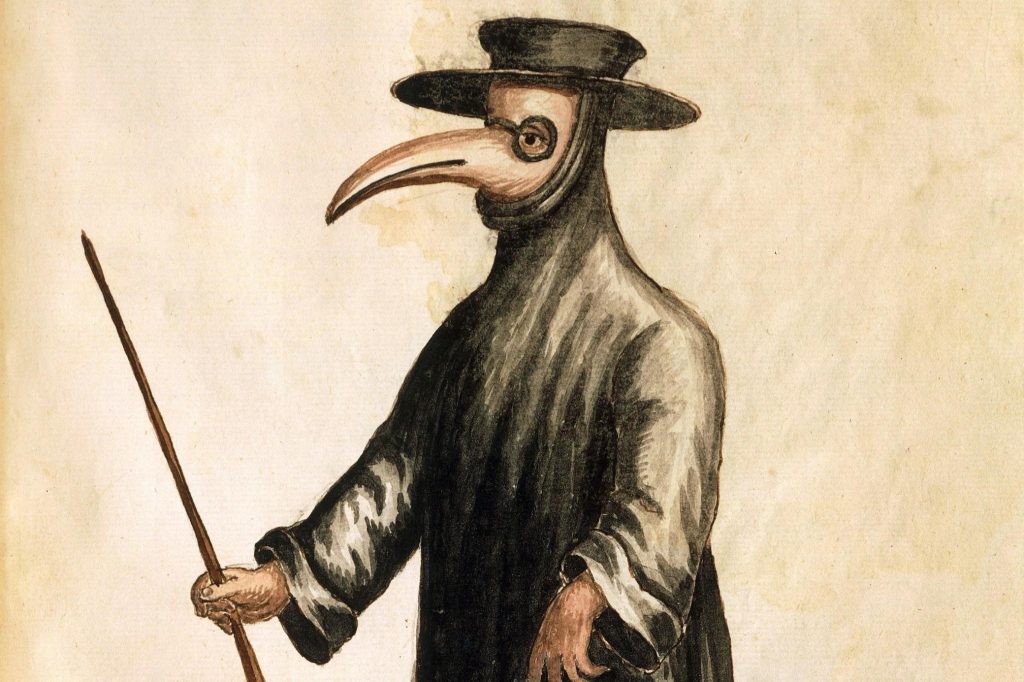
The Black Death in Great Britain began in April 1665 and spread quickly throughout the country during the hot summer months. In fact, fleas from plague-infected rats were a major source of transmission of the disease. Patients affected by the plague developed swelling in the lymph nodes located in the armpits, groin, and neck. Other symptoms they experienced include headaches, vomiting, and fever.
Affected individuals 30% probability of dying within two weeks of contracting the disease. By the time the plague was over, approximately 100,000 people had died. The black plague has been labelled one of the deadliest pandemics in history.
Refer to the Document below for more information on the Black Death.
The Yellow Fever Epidemic in Philadelphia (1793)
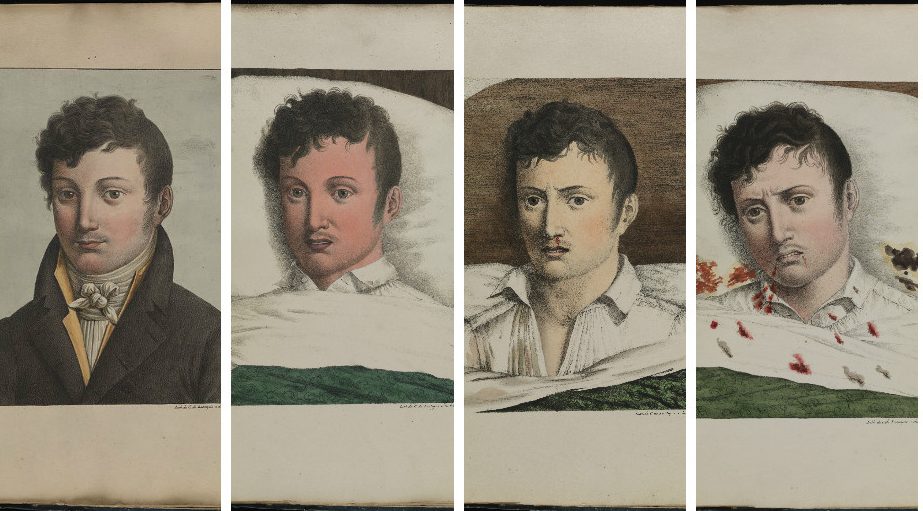
The first significant yellow fever outbreak in the United States struck Philadelphia in July 1793 and peaked in the first few weeks of October. Philadelphia, the nation’s capital at the time, was the most cosmopolitan city in the country. The pandemic decimated Philadelphia’s population: 5,000 people died out of a population of 45,000, and chronicler Mathew Carey estimated that another 17,000 fled.
The yellow fever virus most likely originated in Africa and spread to the Western Hemisphere via the slave trade in the 1600s. In the New World, hungry mosquitos transferred the illness from the infected to uninfected people.
Flu Pandemic (1918)
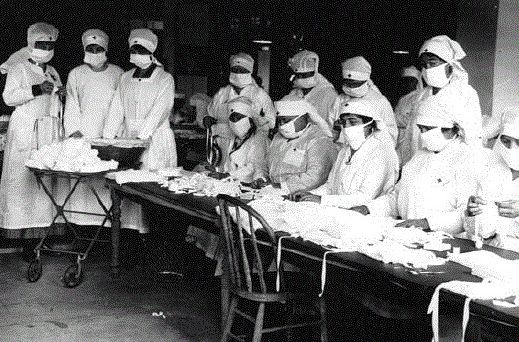
Between 1918 and 1920, a terrifyingly lethal influenza outbreak swept the globe, infecting more than a third of the world’s population and claiming the lives of 20 – 50 million people. The mortality rate of the 500 million persons infected in the 1918 pandemic was 10% to 20%, with up to 25 million deaths in the first 25 weeks alone. Although previously, influenza only killed juveniles, the elderly, or already weakened patients, during 1918, the disease had begun striking down hardy and completely healthy young adults while leaving children and those with weaker immune systems alive.
The American Polio Epidemic (1916-1979)

In the United States, a polio outbreak that began in New York City resulted in 6,000 deaths. The disease primarily affects children and left survivors permanently disabled. Polio epidemics occurred in the United States on an irregular basis until the production of the Salk vaccine in 1954. The cases in the United States decreased and 1979 had the last reported case of the disease.
The Spanish Flu (1918 – 1919)
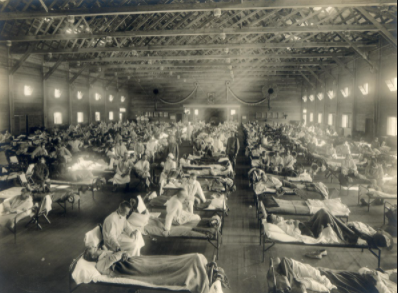
In March 1918, Kansas experienced the first case of a deadly strain of influenza. Soon, the disease appeared in various nations around the world and spread quickly, aided by the close living quarters of troops fighting in World War I. This initial H1N1 pandemic was called The Spanish Flu. Although the disease was eradicated by 1919, it ravaged the entire population, with a mortality rate as high as one in five and an estimated one-third of the total population infected (up to 50 million people) are thought to have died.
H1N1 Swine (2009 to 2010)
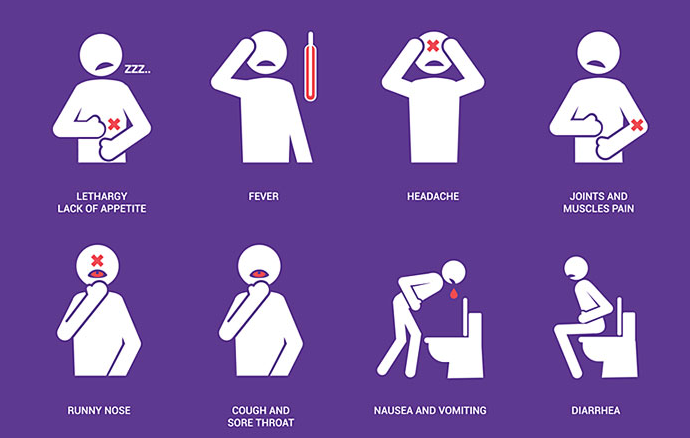
The 2009 swine flu pandemic was caused by a novel H1N1 strain that emerged in Mexico in the spring of 2009 before spreading throughout the world. According to the CDC, the virus infected up to 1.4 billion individuals worldwide in a single year and killed between 151,700 and 575,400 people.
The H1N1 flu mostly afflicted children and young adults, with 80 per cent of deaths occurring in those under the age of 65. That was remarkable, given that most strains of flu viruses, particularly those that cause seasonal flu, kill people aged 65 and older.
The Ebola Pandemic in West Africa (2014-2016)

The first cases of Ebola were discovered in 1976 in Sudan and the Democratic Republic of the Congo, and the virus may have originated in bats. However, between 2014 and 2016, Ebola ravaged West Africa, with 28,600 recorded cases and 11,325 deaths. Professionals initially identified the disease in Guinea in December 2013, and it soon spread to Liberia and Sierra Leone. The majority of the cases and fatalities occurred in these three nations.
HIV/AIDS (1981-present)
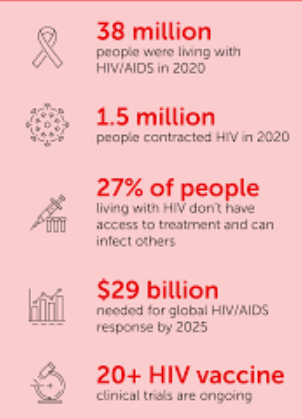
We are still fighting the HIV/AIDS pandemic. Although medical advances can help treat HIV in many ways, the end of the pandemic appears to be far away. HIV/AIDS originated in Cameroon and was first recognised as a disease in 1981. However, the earliest reported case is believed to have occurred in the Congo in 1959. As of 2011, at least 60 million individuals had been infected with AIDS, and 25 million have died as a result of the disease.
Final Thoughts
Dangerous pandemics and epidemics will continue to affect humanity in future. However, we can learn from the above-mentioned pandemics in history and imbibe several precautionary measures to prevent large scale death.
For more interesting content visit Podium School.
Share with your friends


